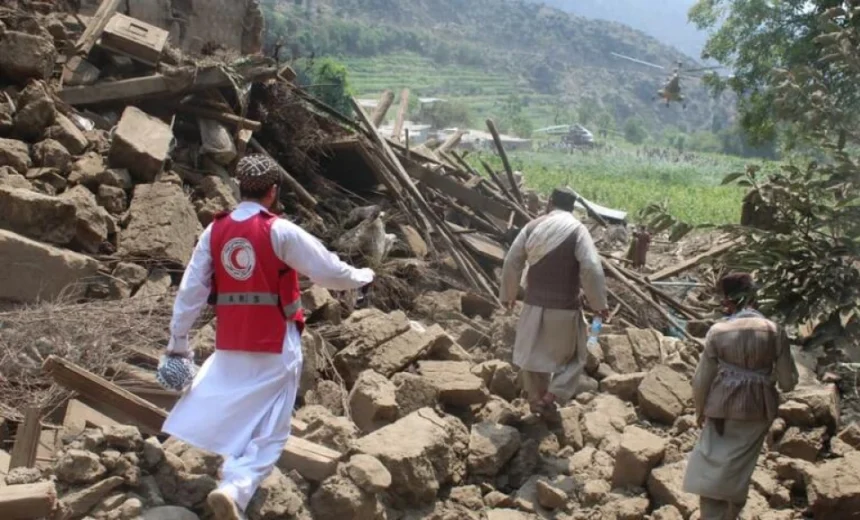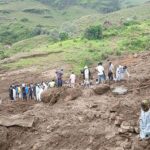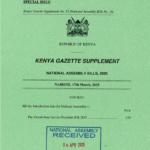On August 31, 2025, a 6.0 magnitude earthquake struck eastern Afghanistan, primarily affecting the provinces of Kunar, Laghman and Nangarhar. The epicentre was located approximately 17 miles (27 kilometres) east of Jalalabad, near the border with Pakistan. ABC News
Impact and Casualties
The earthquake resulted in over 2,200 deaths and more than 3,600 injuries. Approximately 6,700 homes were destroyed, and over 7,000 livestock were lost, significantly impacting the livelihoods of rural communities. Reuters
Challenges in Relief Efforts
The mountainous terrain and damaged infrastructure have hindered rescue operations. As of early September, only 49 out of 411 affected villages had been reached by aid organizations. AP News The United Nations has launched an emergency funding appeal for nearly $140 million to assist nearly half a million people affected by the disaster. AP News
Aftershocks and Ongoing Risks
Following the initial earthquake, two powerful aftershocks struck the region, measuring 6.2 and 5.4 magnitudes, further complicating rescue efforts and causing additional damage. Reuters
Humanitarian Crisis
The disaster has exacerbated Afghanistan’s ongoing humanitarian challenges, including food insecurity, economic instability, and limited access to healthcare. The situation is further compounded by the country’s reliance on agriculture, which has been severely disrupted. Reuters
Sources:
- Reuters – With little aid, Afghanistan’s quakes spell ‘inter-generational’ crisis
- AP News – UN issues emergency funding appeal to help survivors of devastating Afghan earthquake
- Reuters – Two powerful aftershocks pummel Afghanistan after earthquakes kill 2,200
- The Guardian – Third earthquake hits Afghanistan as death toll rises above 2,200
- Al Jazeera – Afghanistan earthquake death toll rises to 2,200













